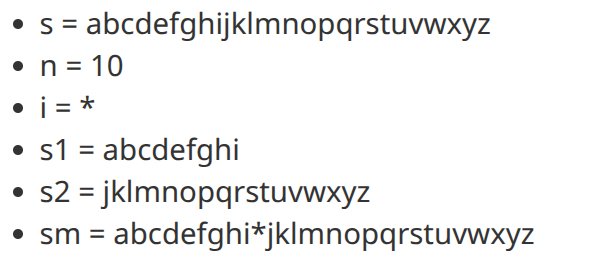How would I split an arbitrary text at the n’th character?
Actually, my goal is a macro that, as input, takes a target tiddler, a source tiddler and a position N, and then injects the text from the source tiddler into position N in the target tiddlers text.
I’m thinking I should copy the target text and split it at position N, append the source text, and append the rest of the original target text after N. But I don’t know how to split the text at position N - ? (And, obviously, I must not loose e.g space characters or formatting in the process…)
Ideas?

